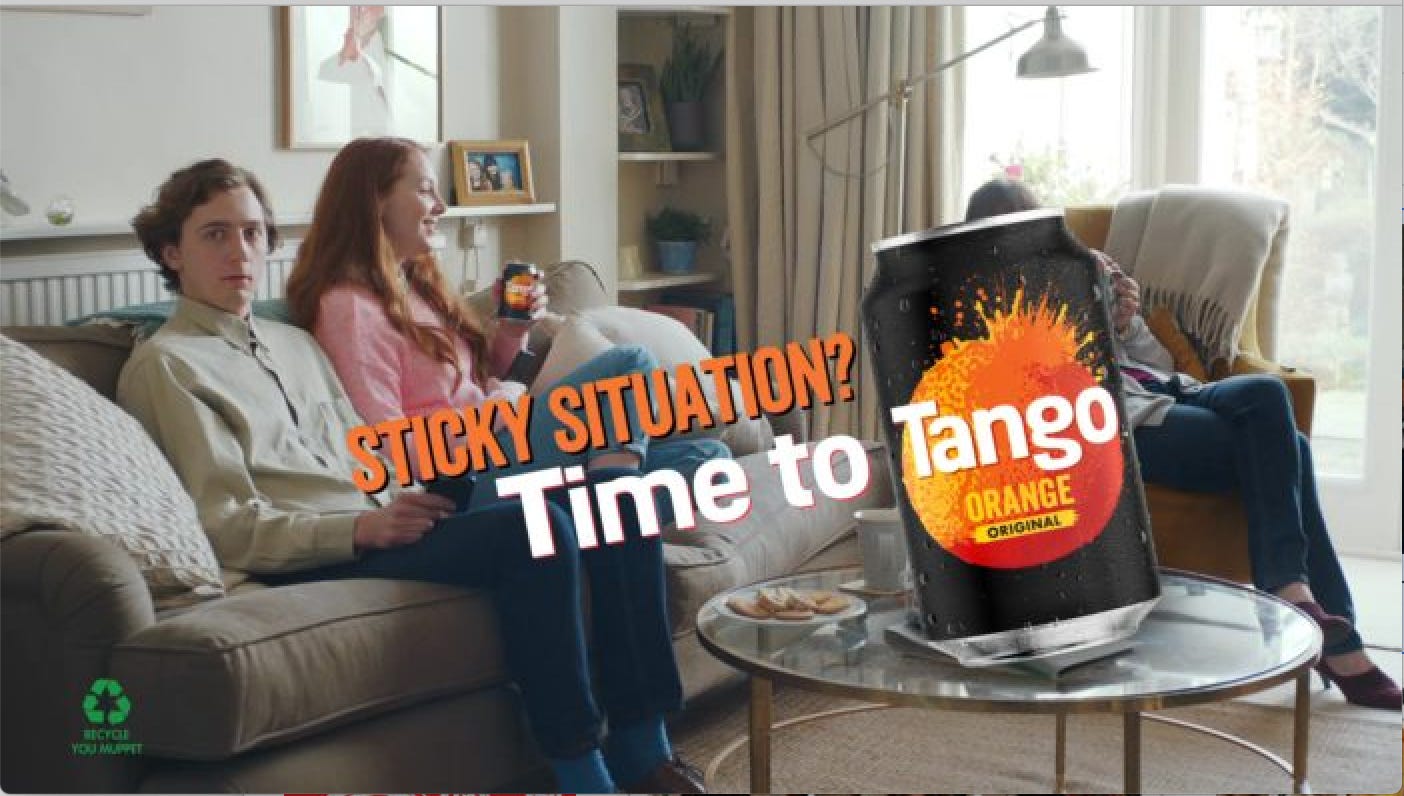In YouTube’s annual trends report, it listed ‘radical relatability’ as one of its top trends for 2021, signaling a increased need for overtly real and honest content and communications and a shift away from the fake and overtly aspirational.
TikTok, with its increasing impact on culture, has become a platform known for it’s focus towards more real, authentic content - whether that’s sharing the “I thought it was only me that did that” type-stories, or mocking Instagram influencers for what many perceive as superficial content focused on product promotions, people flock to TikTok to find people and stories that are rooted in our human-ness. 56% of TikTok users and 67% of creators say they feel closer to brands they see on TikTok - particularly when they publish human, unpolished content.
But, hasn’t this always been the way?
As strategists and as marketers, we can often tie ourselves in knots trying to make unexpected leaps or reveal an insight so revolutionary that it’s going to change our brand (and the world) as we know it. But are we sometimes just missing the obvious?
Let’s look at some examples of campaigns that use a very real, or even obvious insight:
Snickers
The You’re Not You When You’re Hungry work has been one of the most successful global campaigns for the Mars corporation in history, growing market share in 23/26 markets. And it came from a very simple, universal human insight: when you’re hungry, you’re not yourself.
Tango Sticky Moments
I recently listened to the On:Strategy episode that discussed this. The team were very open about the fact that for around 6 months, they were trying to work with an assumed insight about the consumer they had come up with - that teenagers want to escape the seriousness of today’s world. When they were struggling to land the creative, they formed a small focus group. Within minutes of talking to their consumers, they had their insight. The situations they want to escape aren’t the serious ones, but the embarrassing ones where you just want the ground to swallow you up. Seems pretty obvious…. right?
Marmite: Love it or Hate It
I love this example because Marmite has built a brand on the truth that some people hate their product. You can’t really talk about Marmite in the UK without saying “you either love it or you hate it”. This is so successful that has become a part of a nations vernacular. And the insight? Some people hate the product. That’s it.
The beauty of a having a clear, human and universal insight is that it allows you to flex the campaign and the brand into different areas of culture and activations. The more niche and weird, the harder it is to grow and evolve.
The truth doesn’t always have to be entertaining though, or humorous. In fact, some of the most powerful work can come when we tell raw truths or hold a mirror up to society or culture, to challenge the status quo.
One of my favorite examples of this is the Bodyform Womb Stories or the Frida Ad which aired during the Golden Globes, which showed the reality of breastfeeding for new mothers.
(The issue with truth-telling about women’s health goes far deeper, as ‘women’s issues continue to be swept under the rug - everything from female pleasure and period health to menopause and postpartum depression’.)
Asking hard questions
As marketers, we can often ‘accept’ a consumer insight from a Google search or because it’s already been written in a deck. It’s important that we continuously ask ‘why’, and challenge the insight to champion awkwardness, dissent and discourse.
It can be hard to ask the hard questions, but sometimes it’s necessary. Dominos’ Pizza did this in 2010, as they were receiving continuous online criticism about the quality of their pizza (cardboard, anyone?). They asked themselves, “why does our pizza suck?”, and launched the “We’re Sorry for Sucking” ad campaign that publicly acknowledged their criticism and made steps towards improvement. It was one of the most effective ads of all time, and drove Dominos market share from 9% to 15%.
Acknowledge that there is no ‘end’
It can be easy to assume that we’ve ‘nailed’ it when we’ve found our insight, and our campaign has been successful… job done. But the truth is that humans are not rational or predictable, and the ‘truth’ is ever changing. We never truly find the answer, but we can find pockets within culture that we want to examine and respond to; to keep experimenting, and truth-telling.
So, the next time you’re getting you’re stuck trying to find the pithy or clever insight. Ask yourself this: am I missing the obvious? What is the real, human behavior in this category or with this product? Is there a product or brand truth we should be telling? Is there a status quo we should be challenging?







